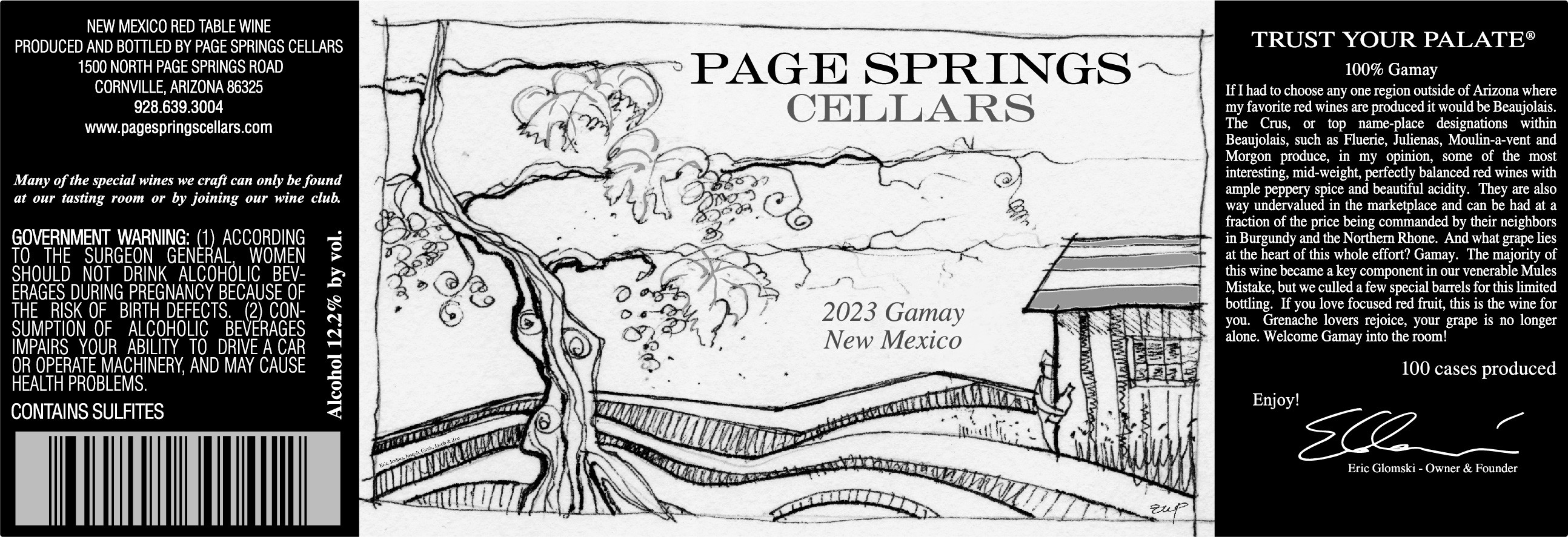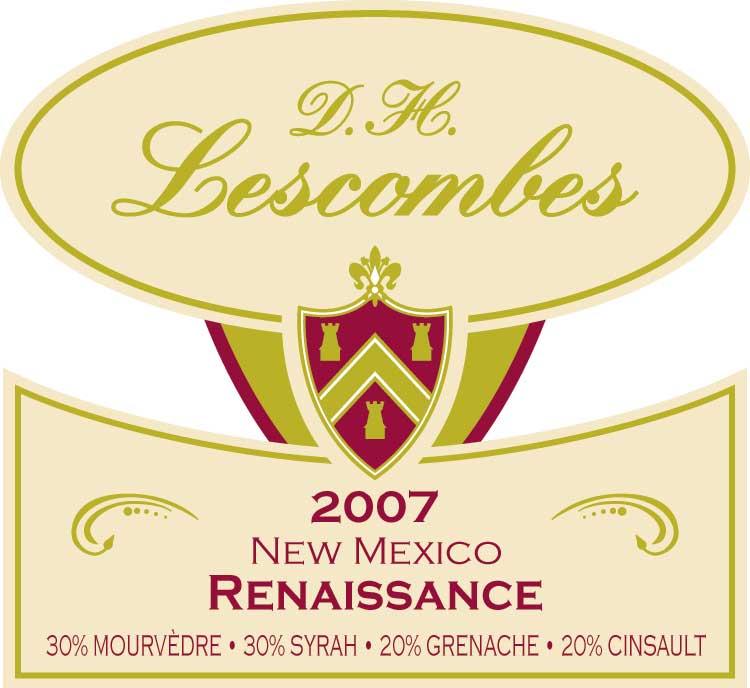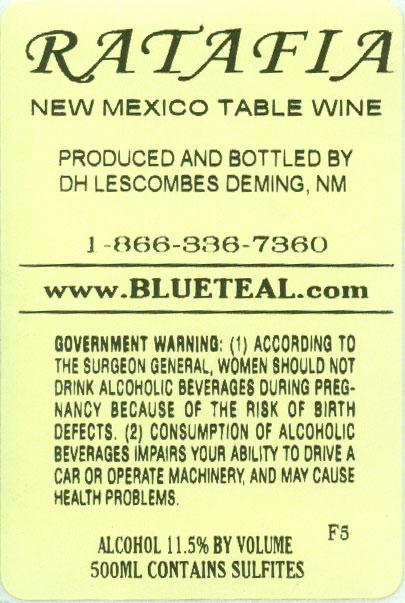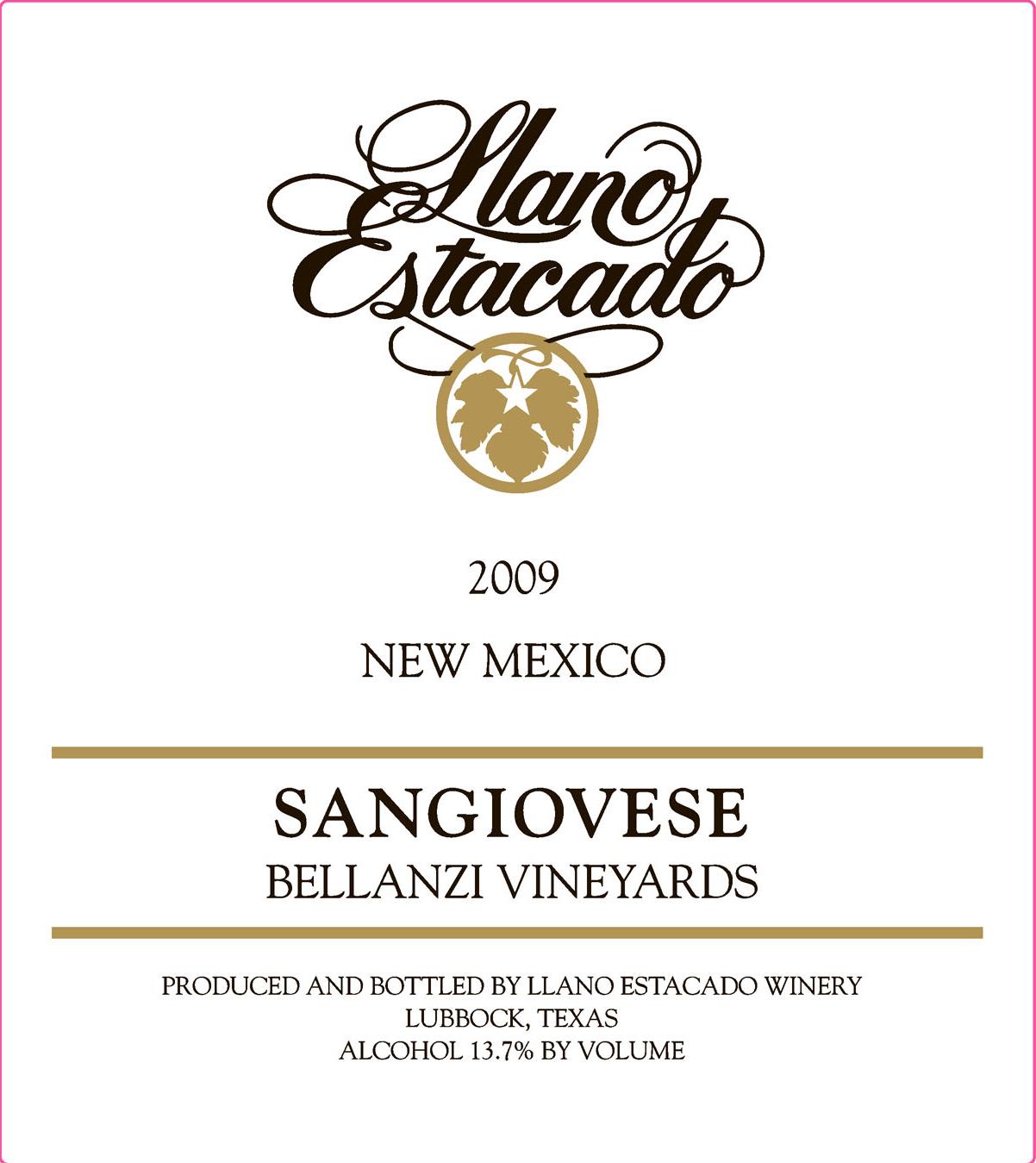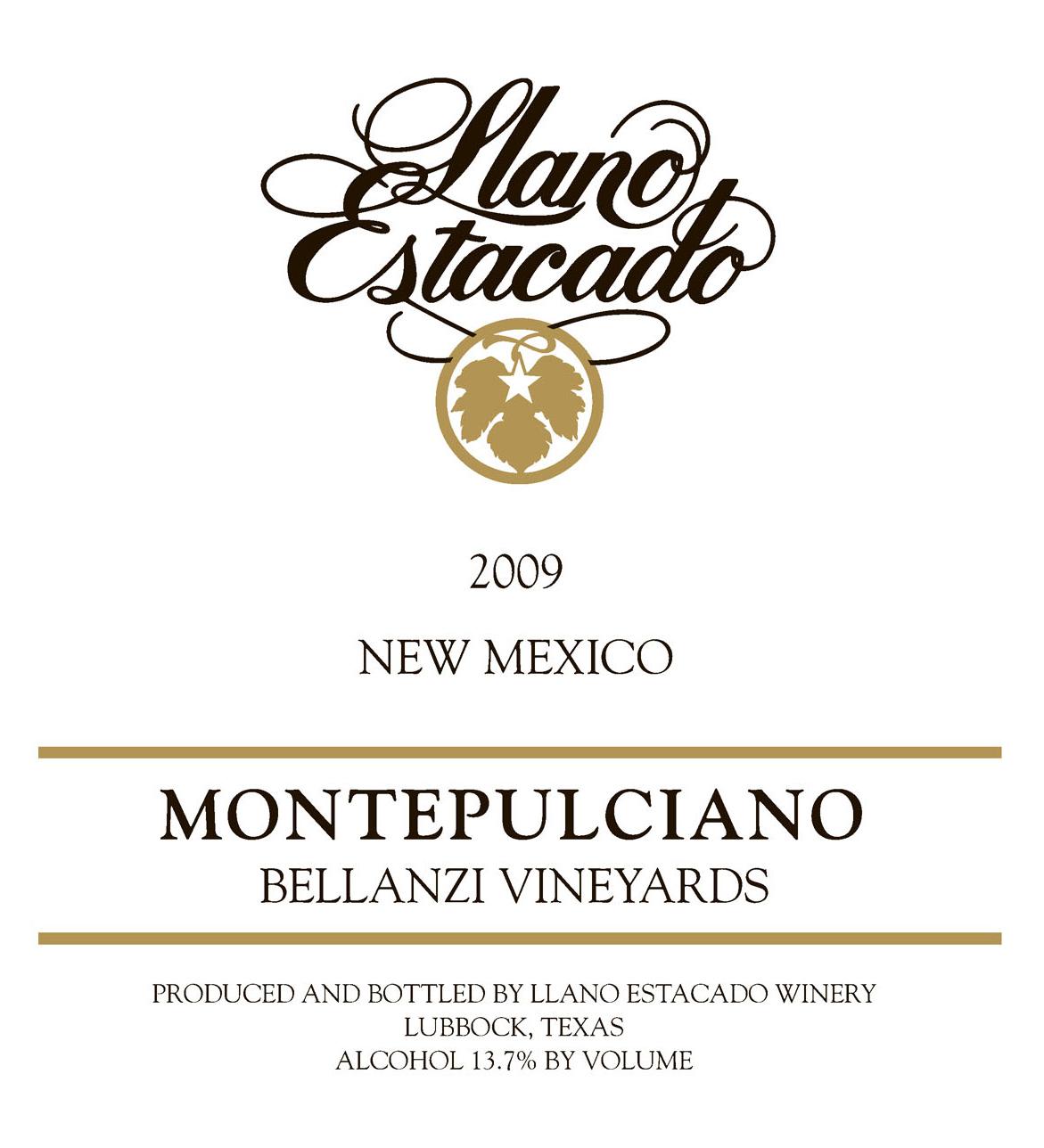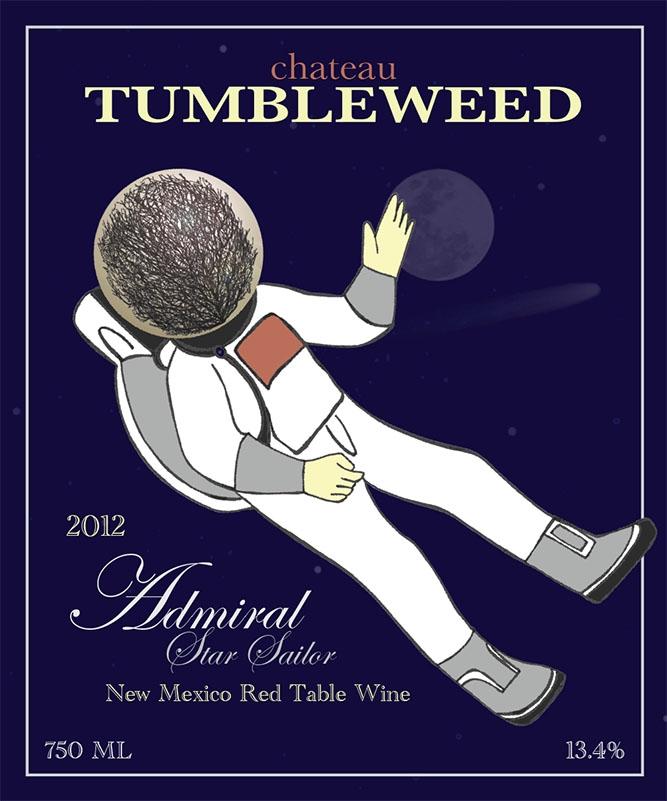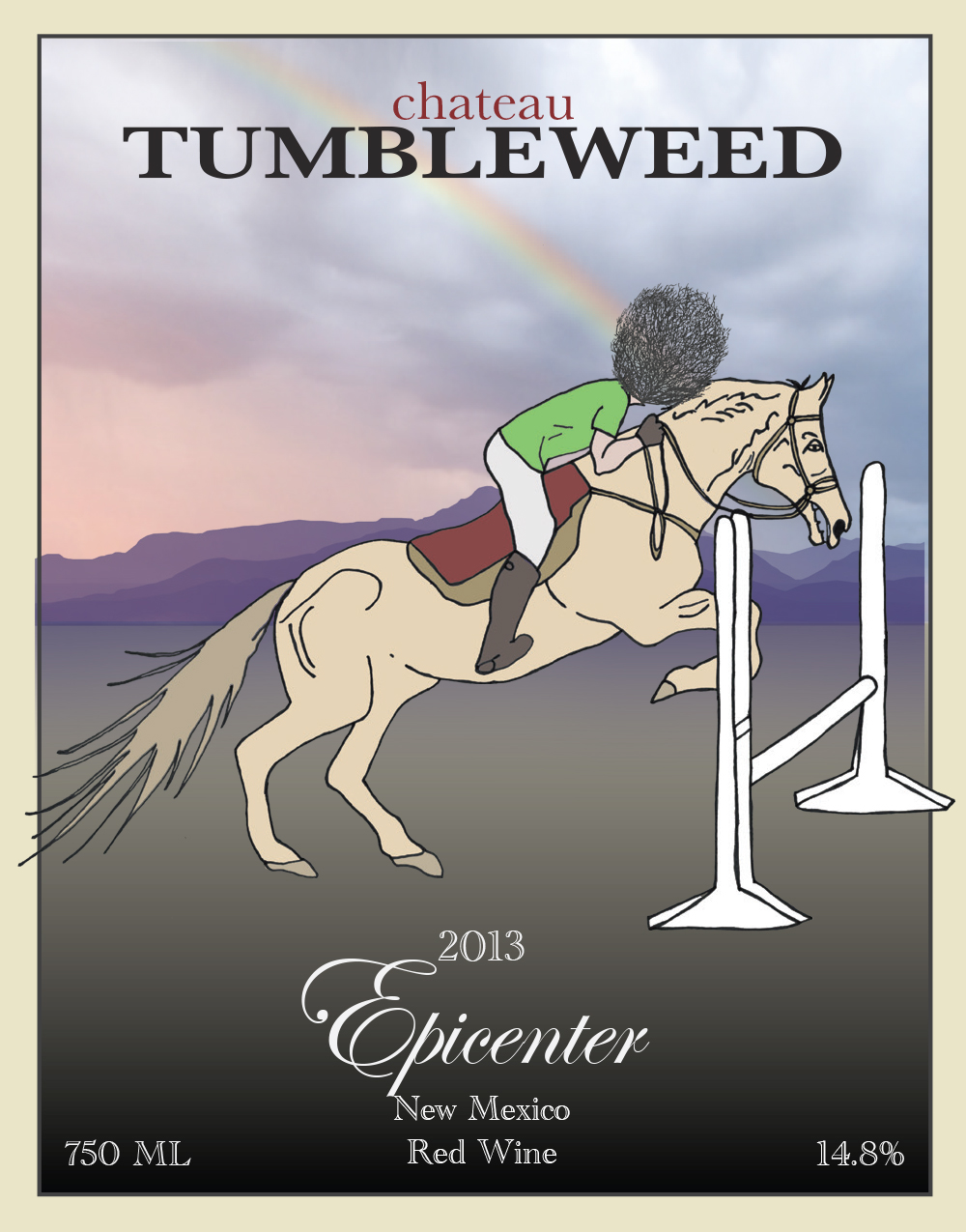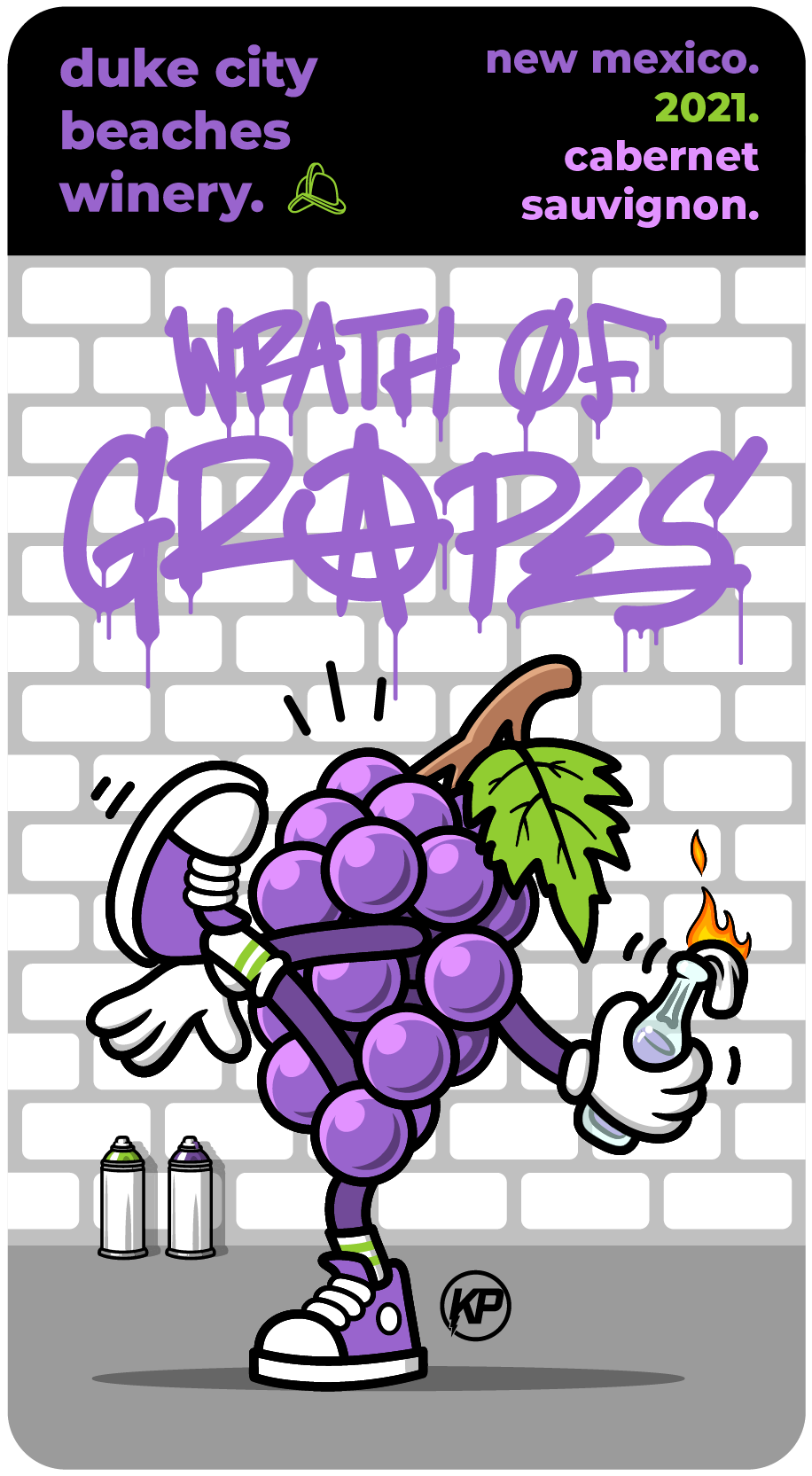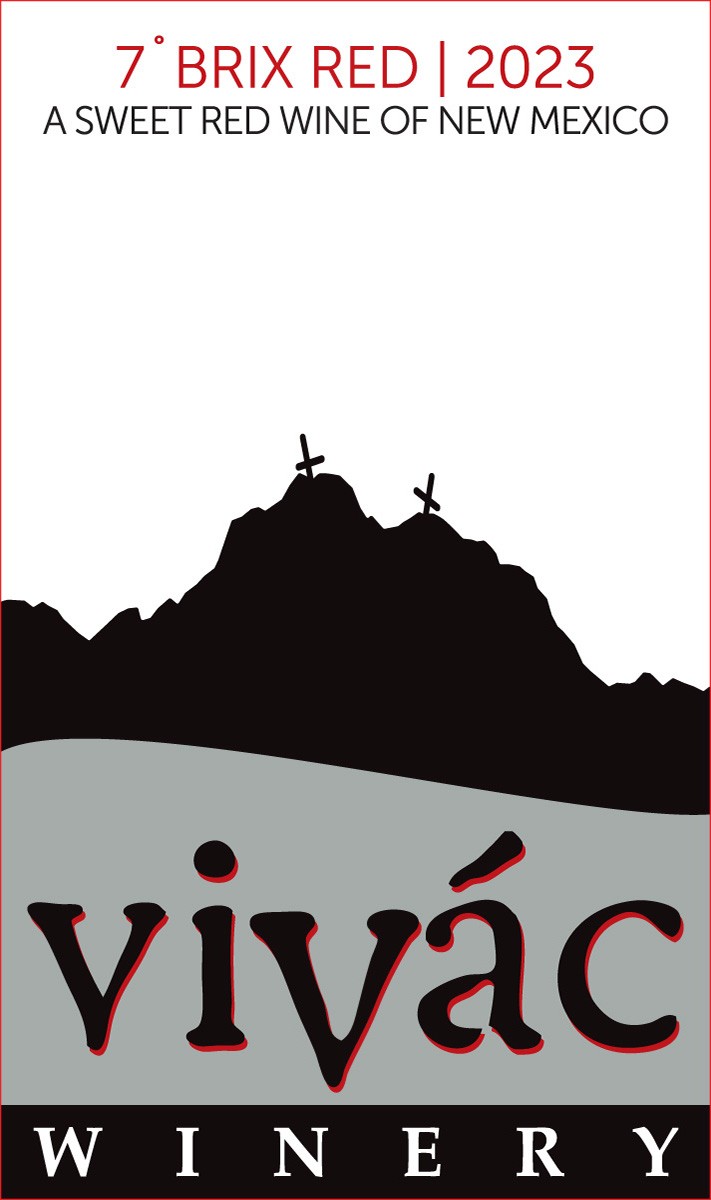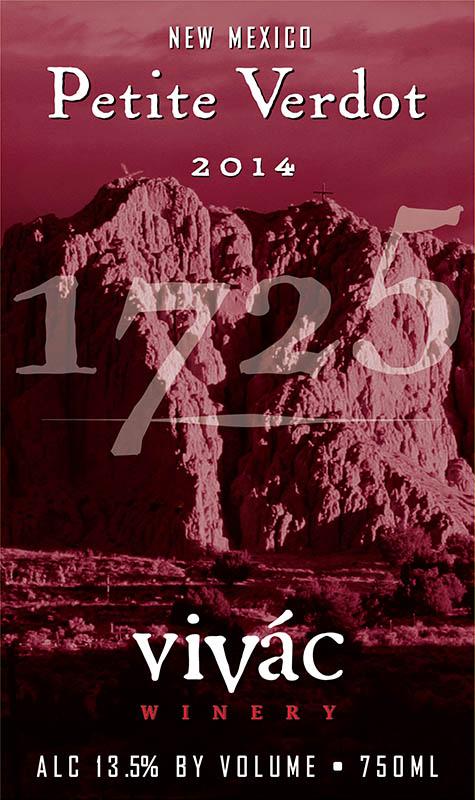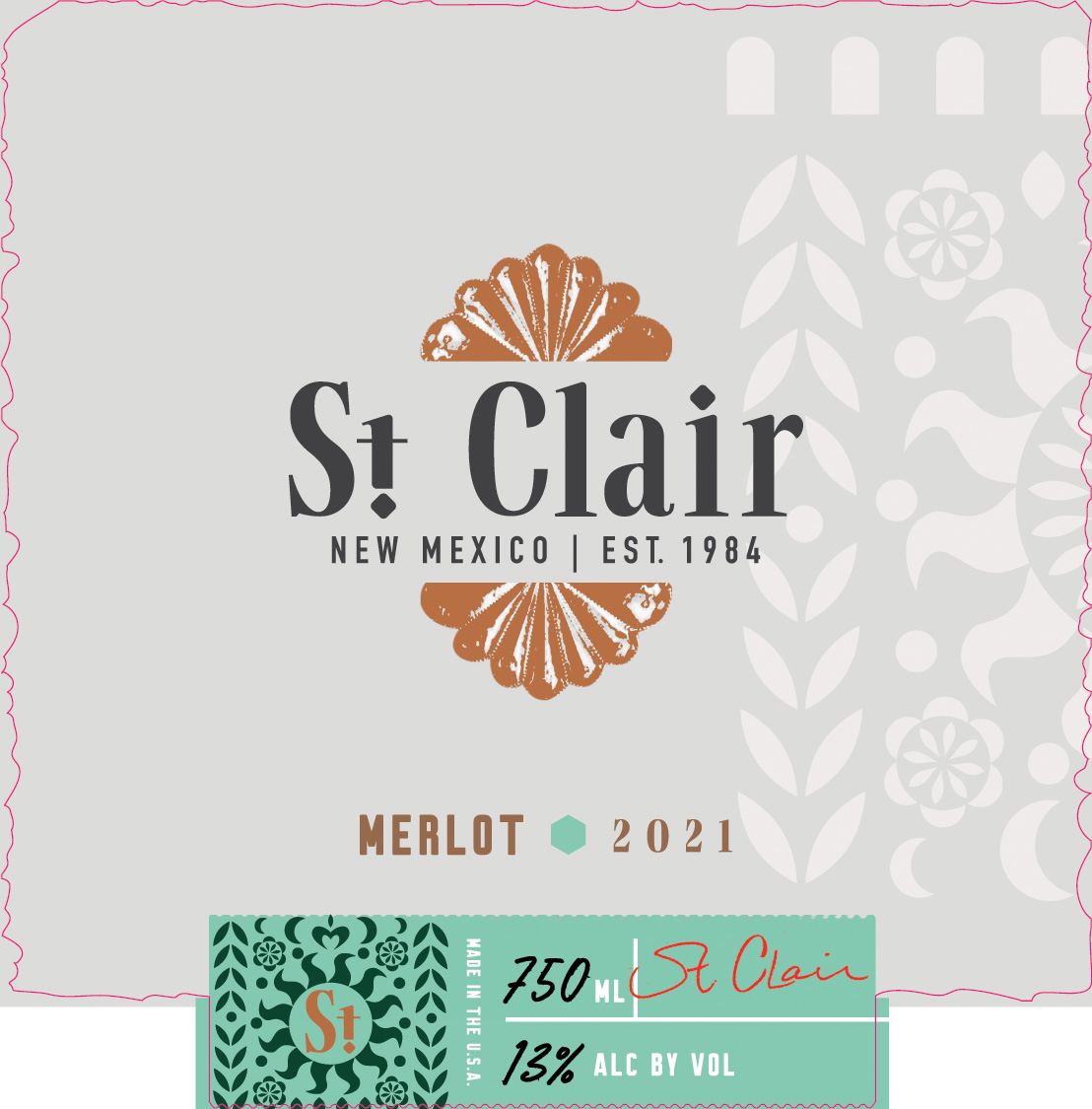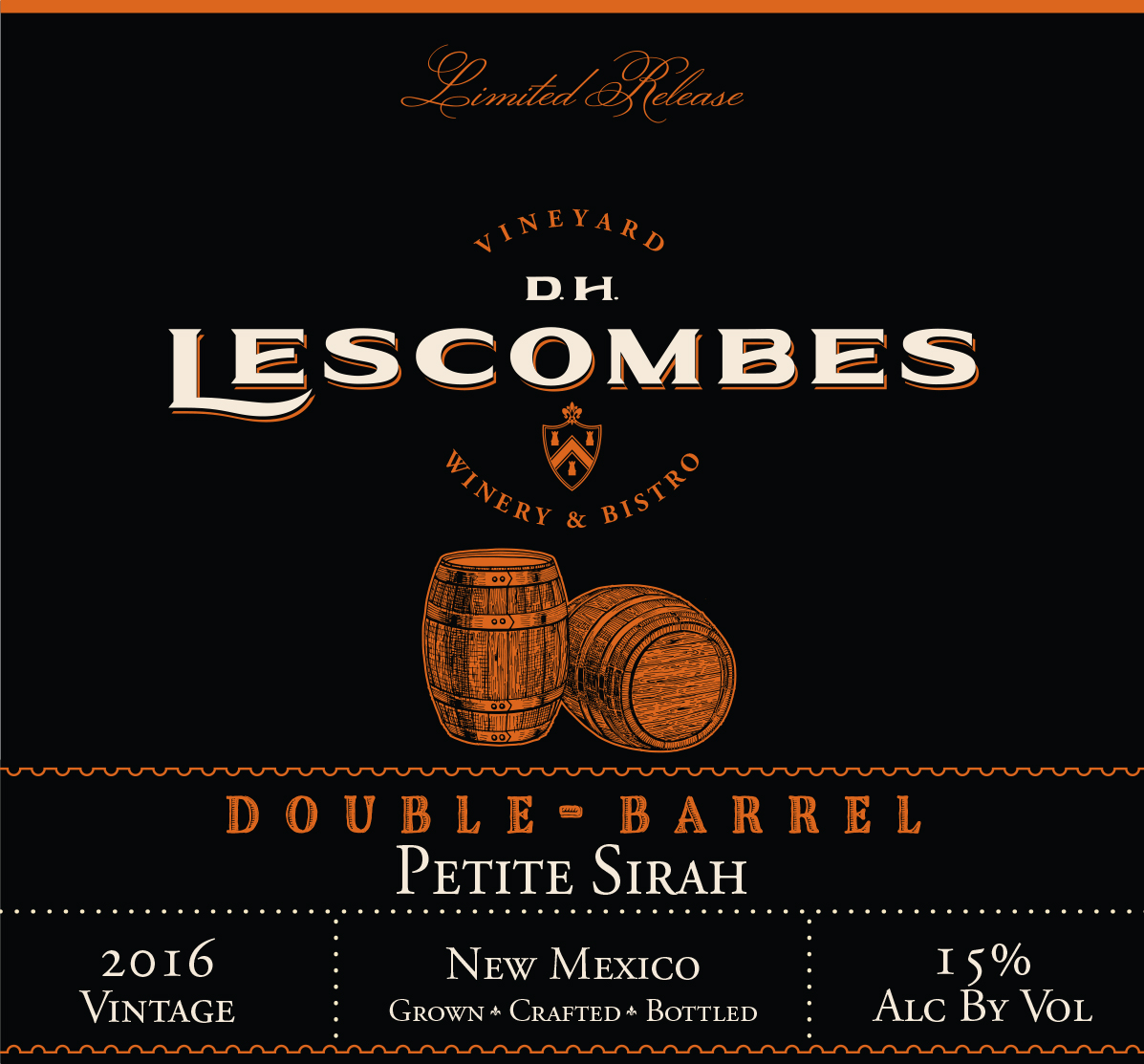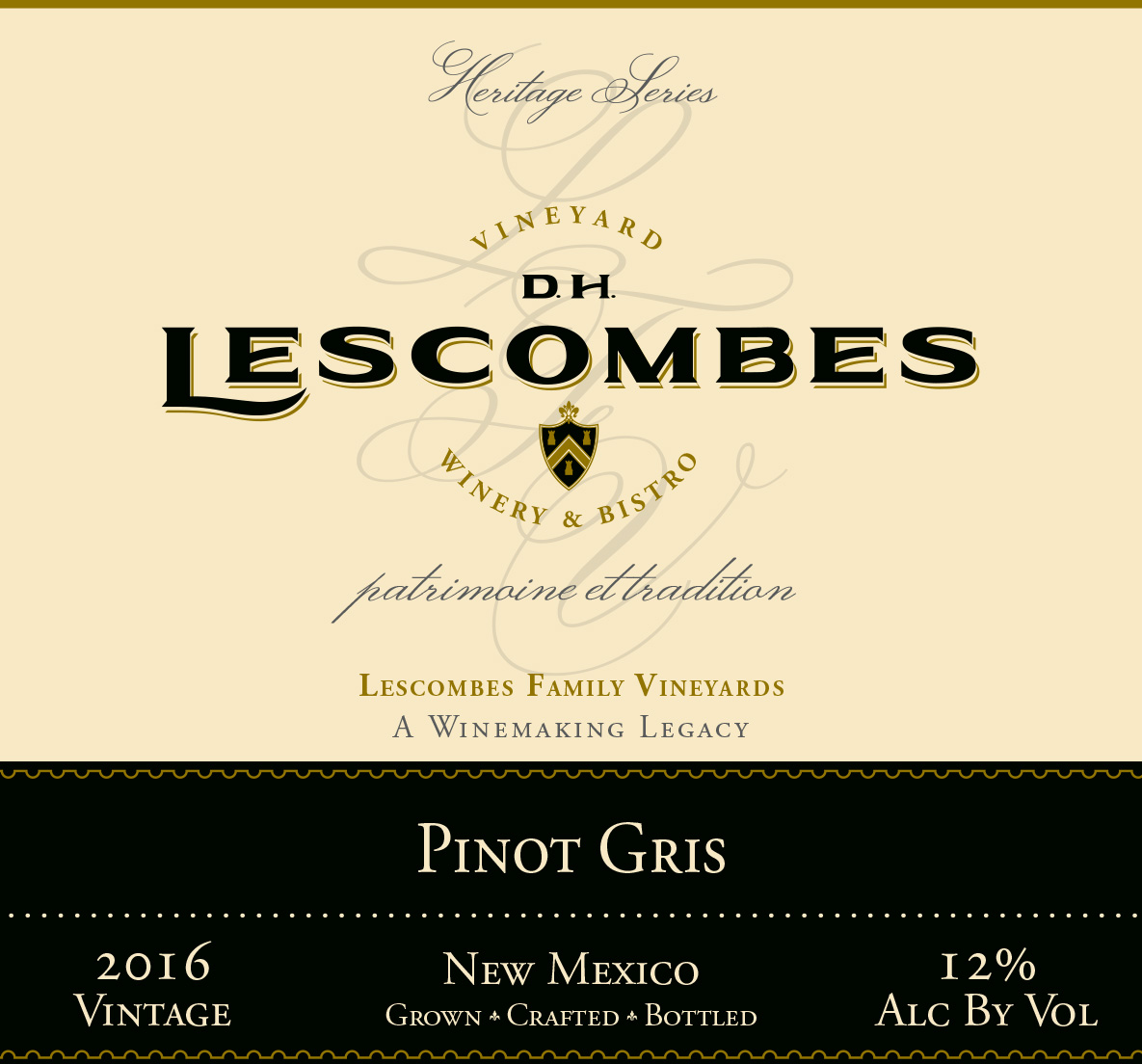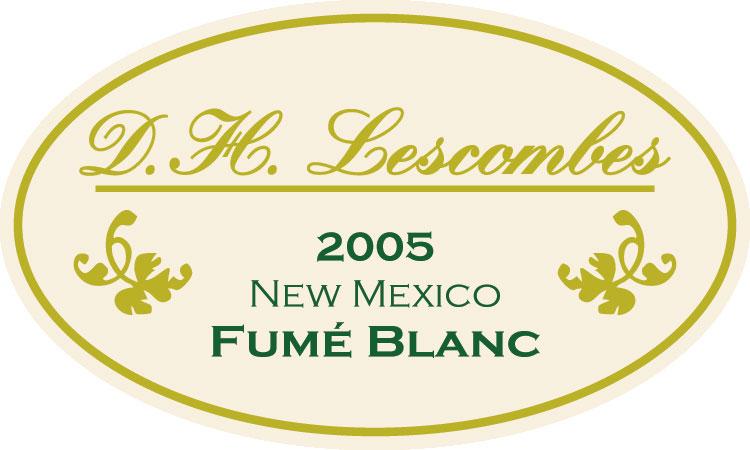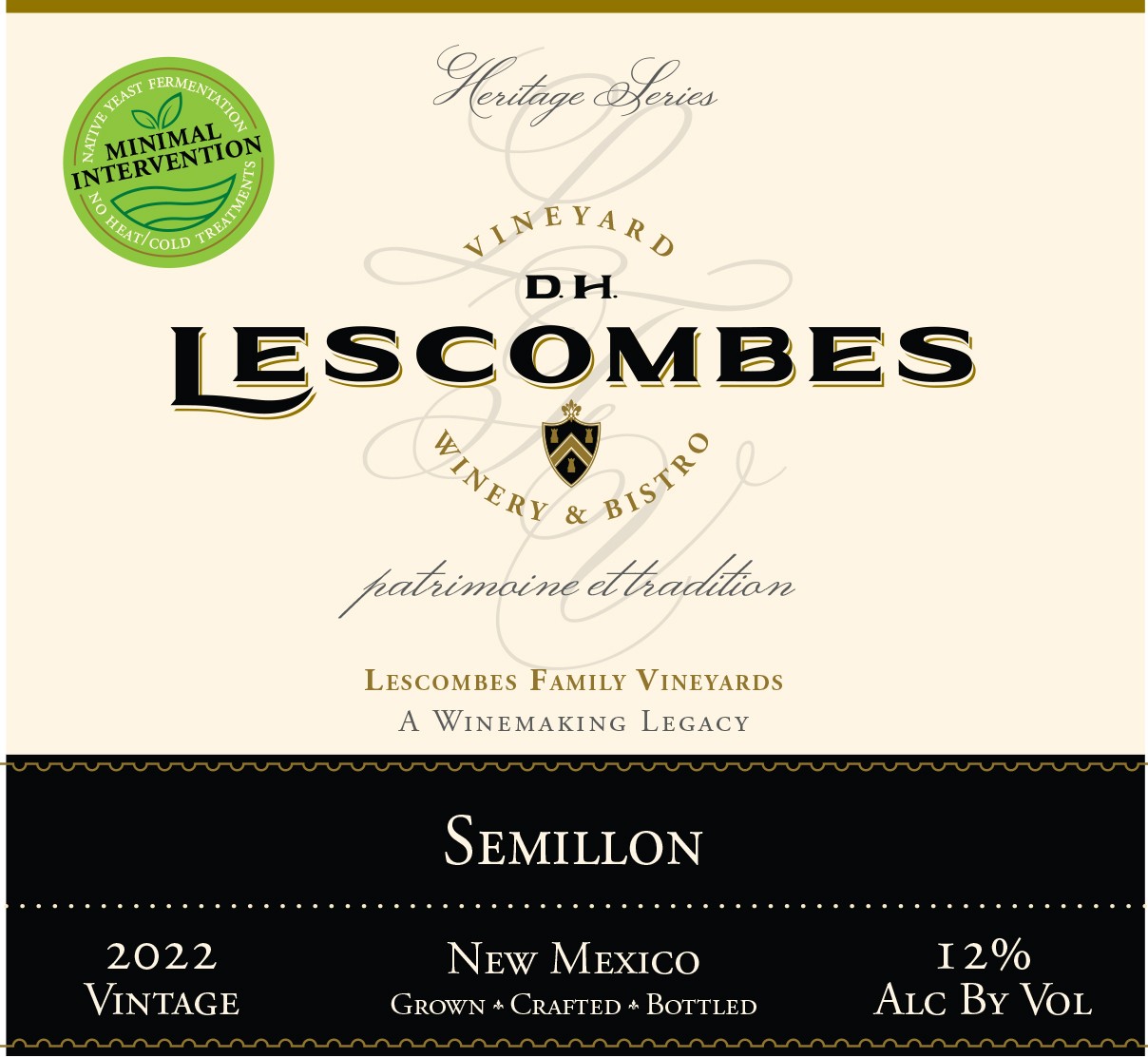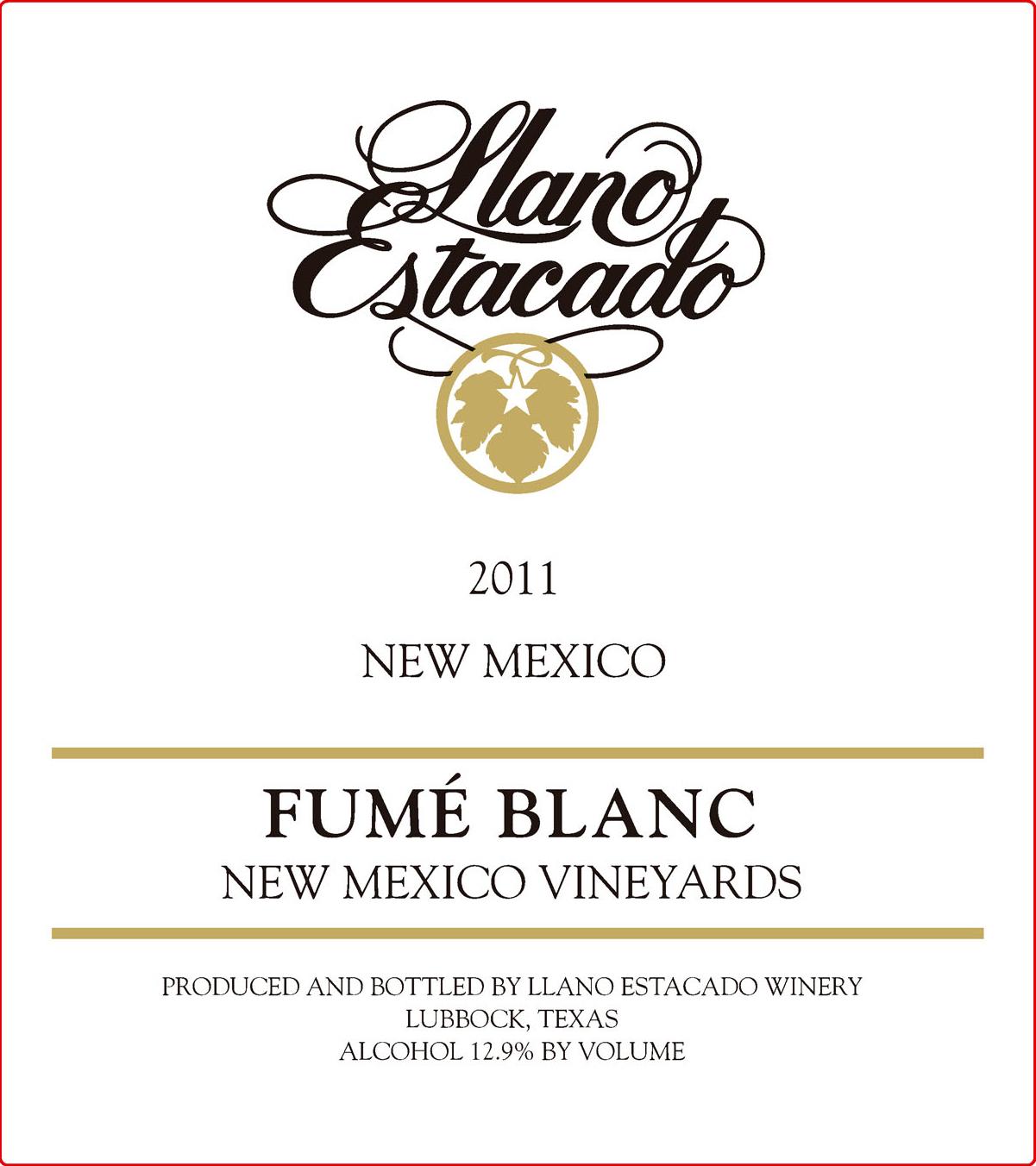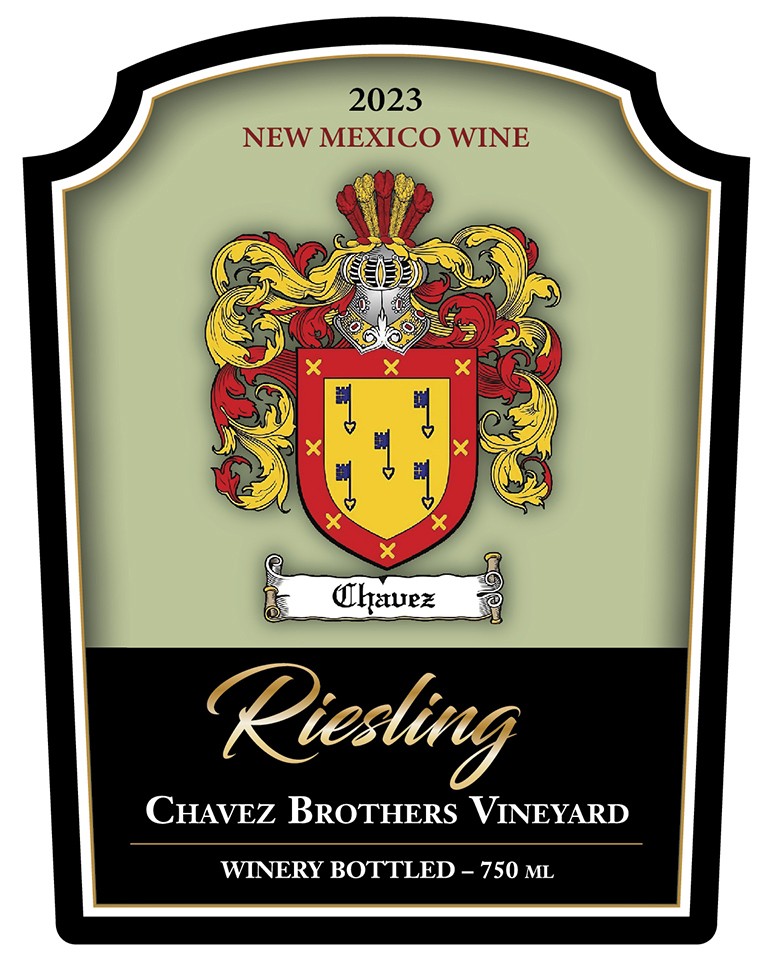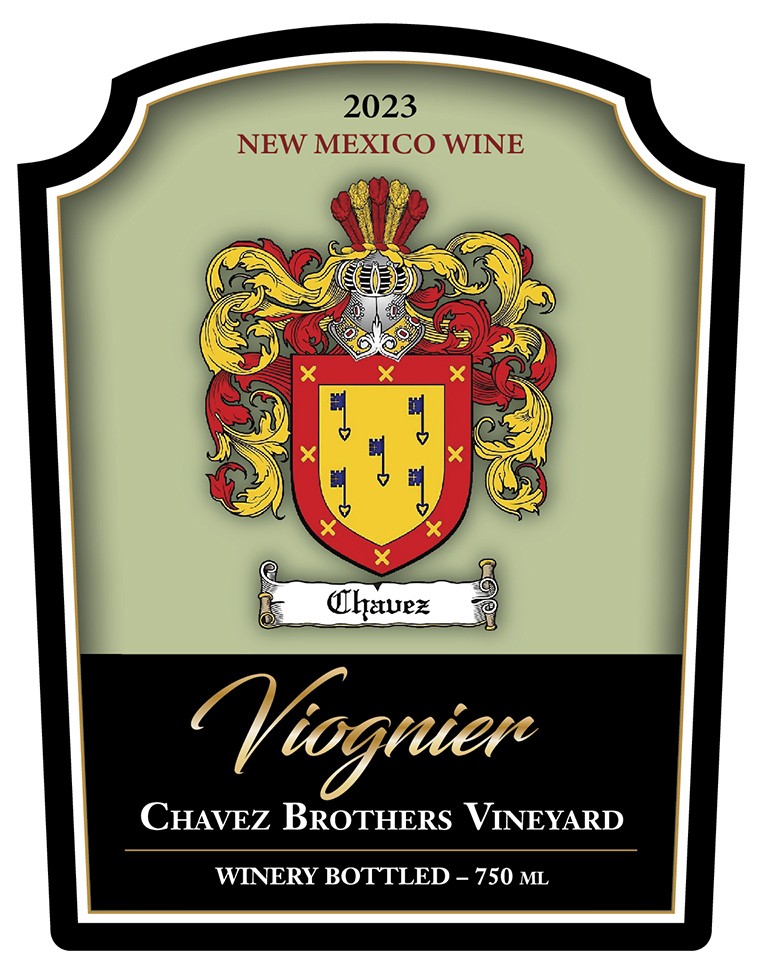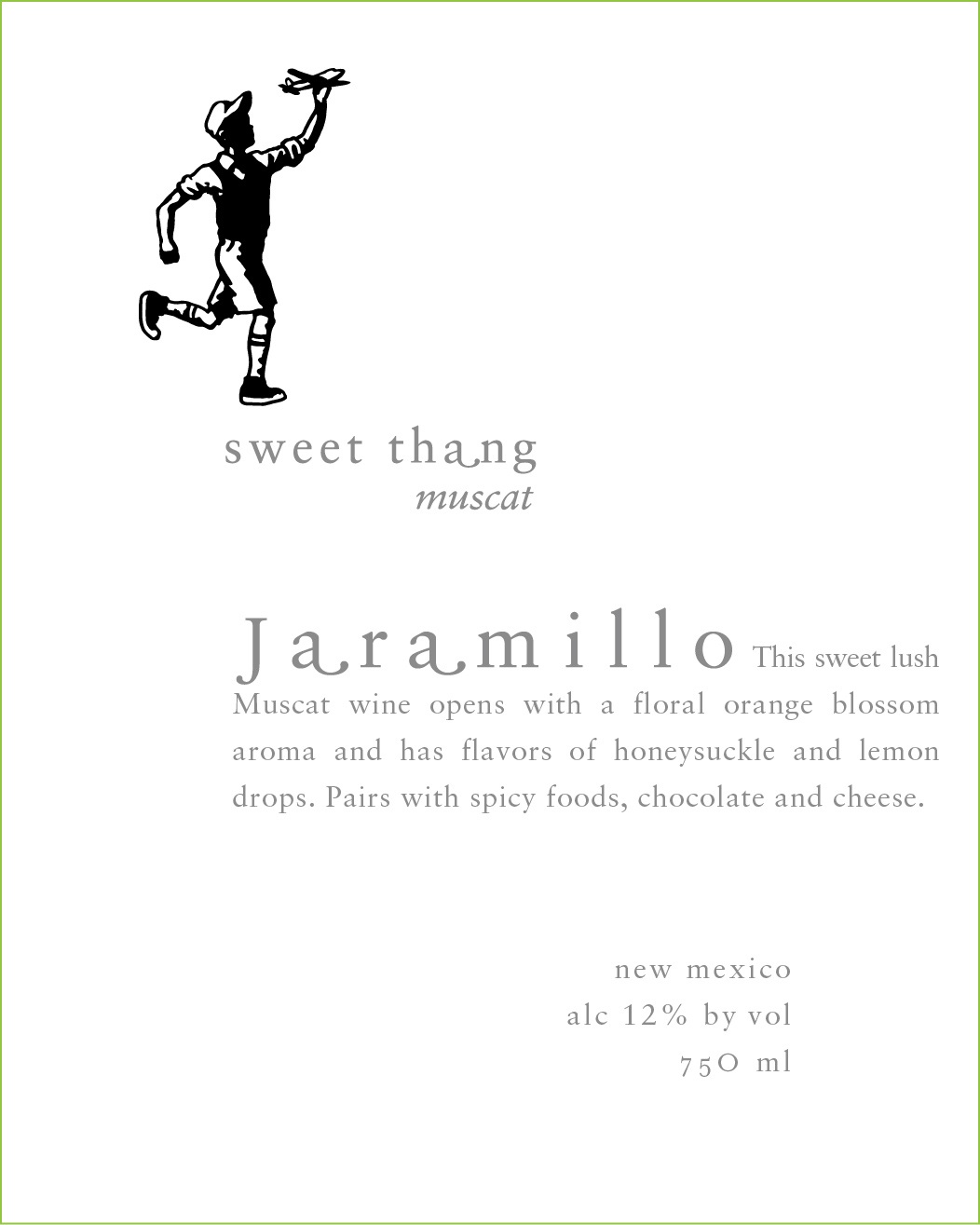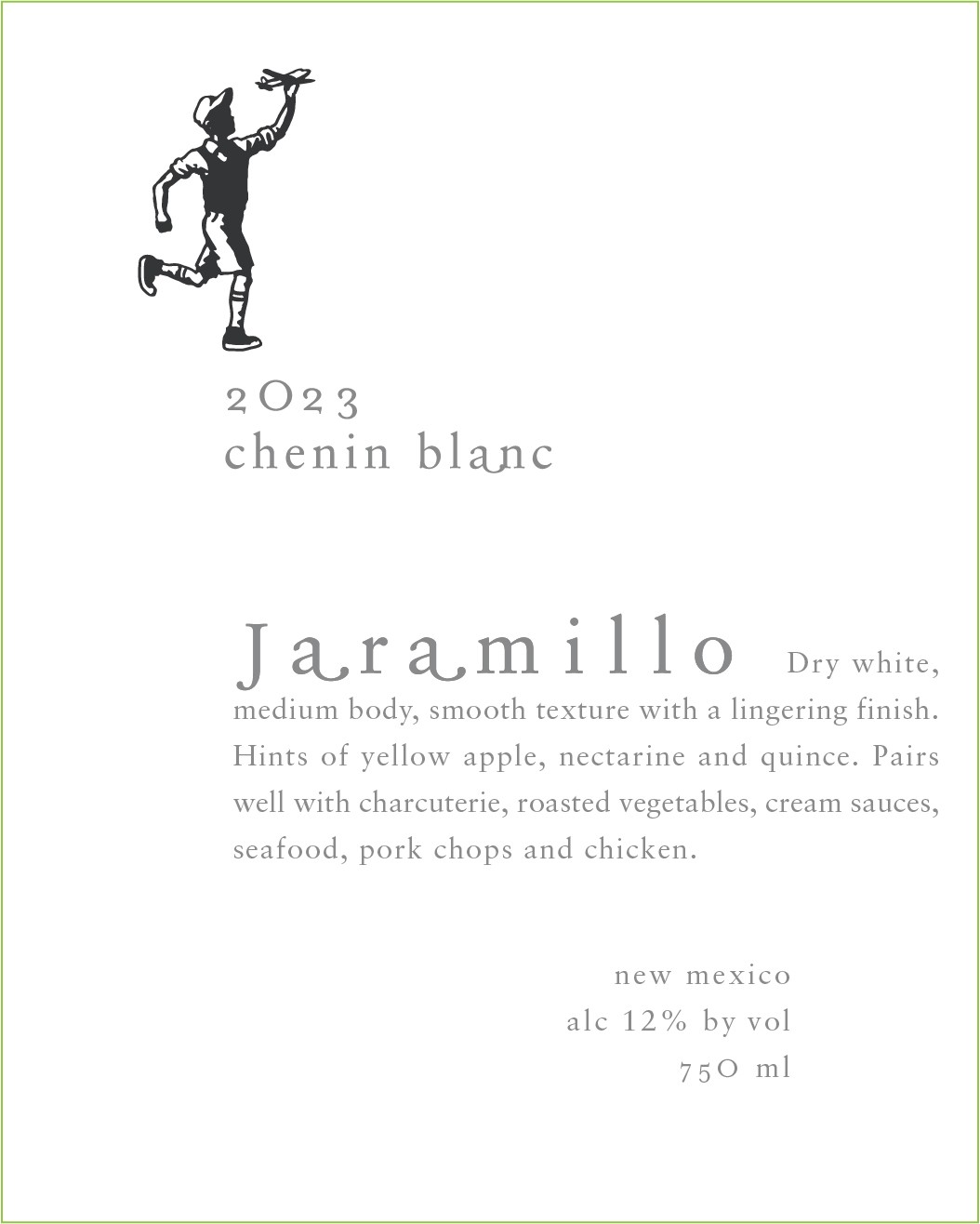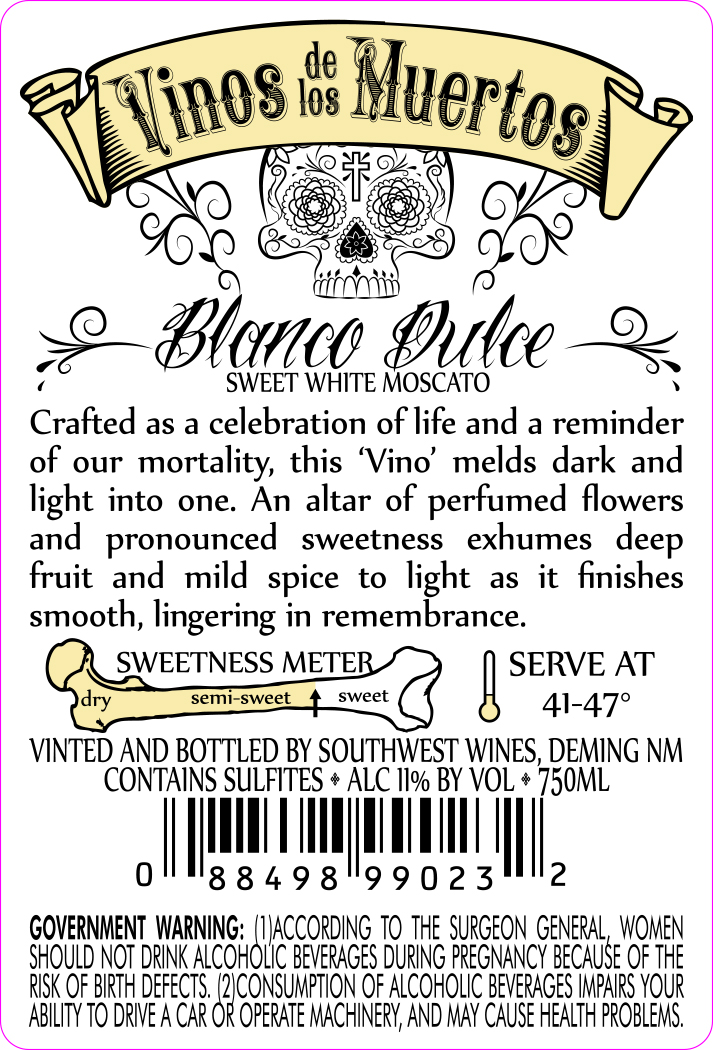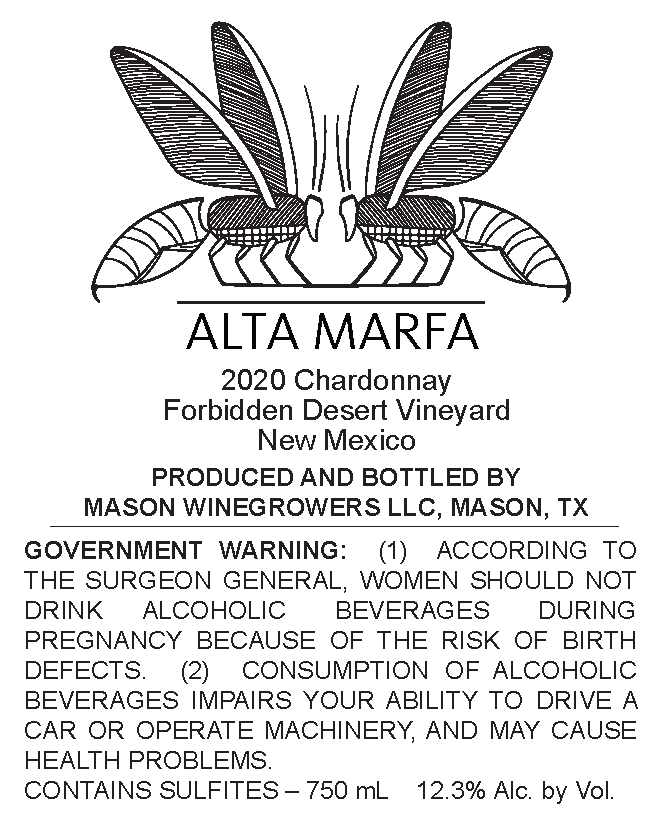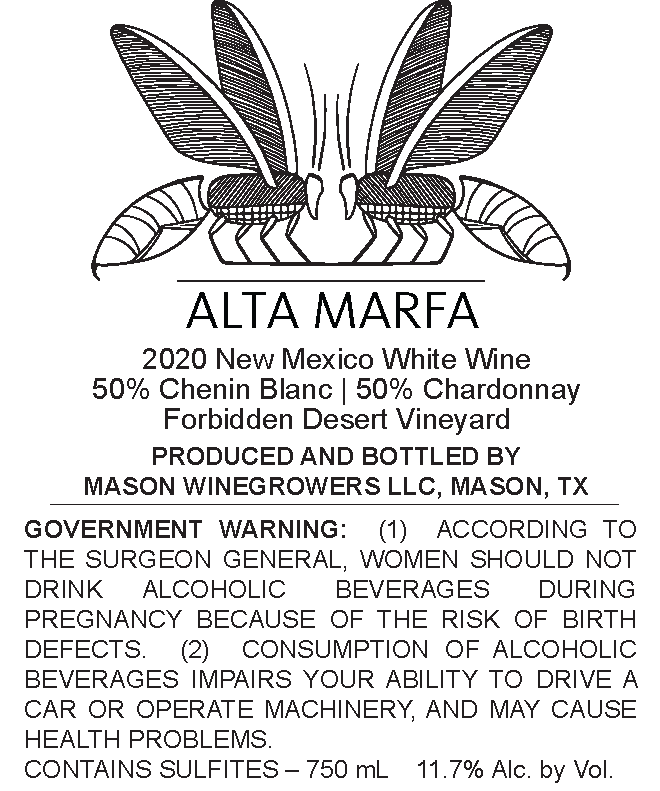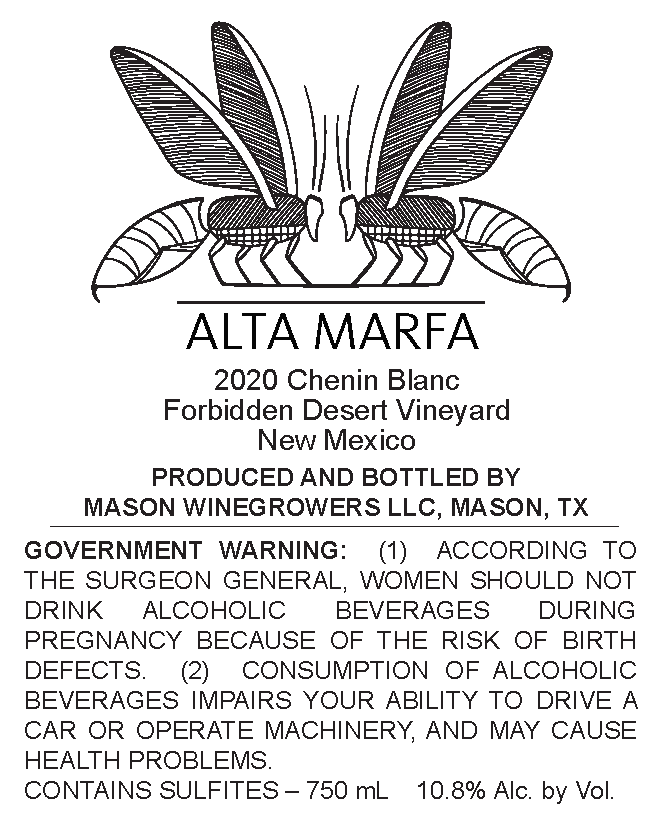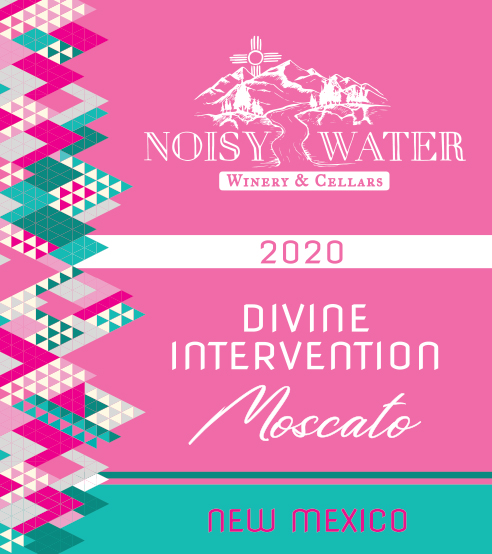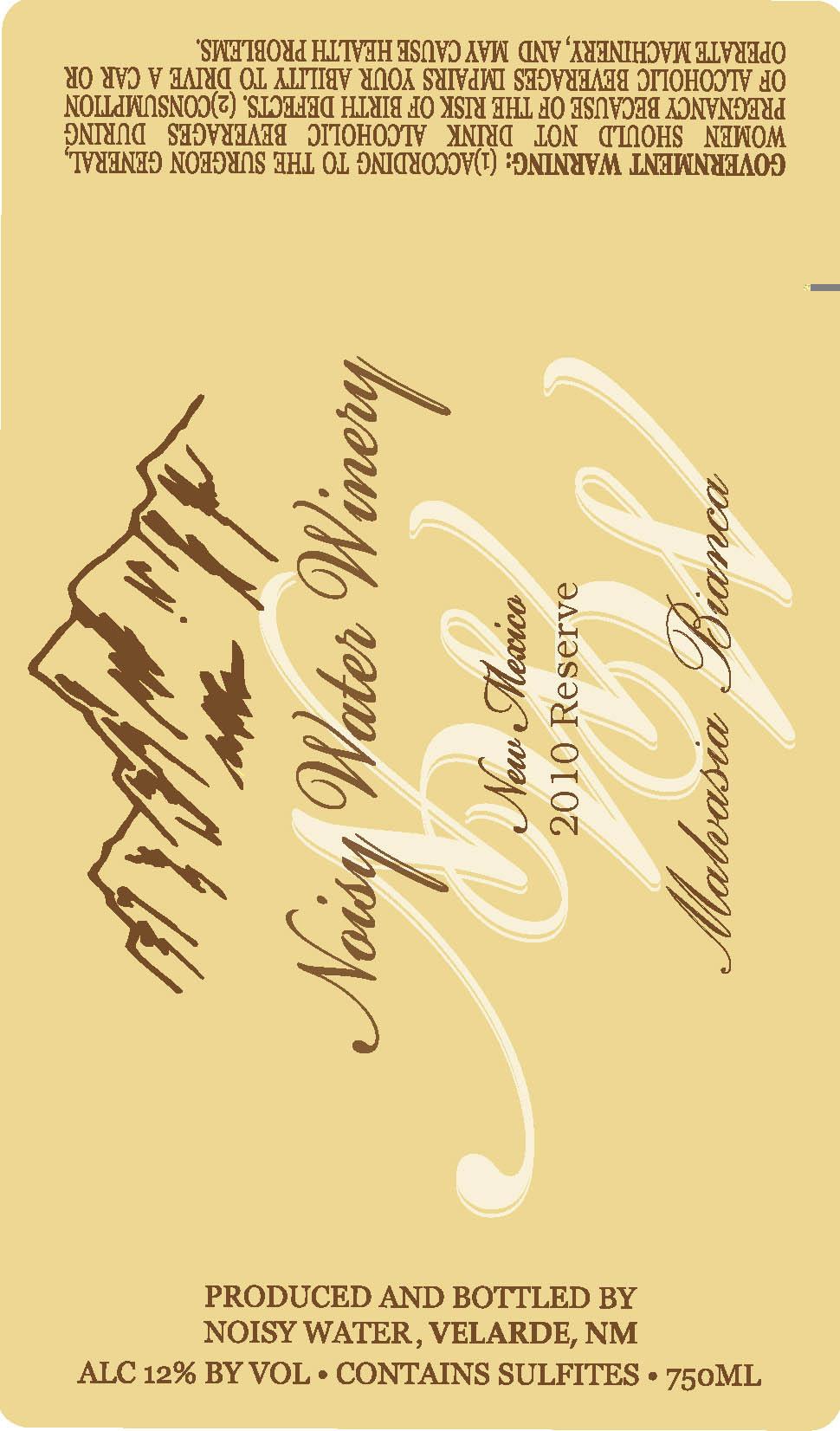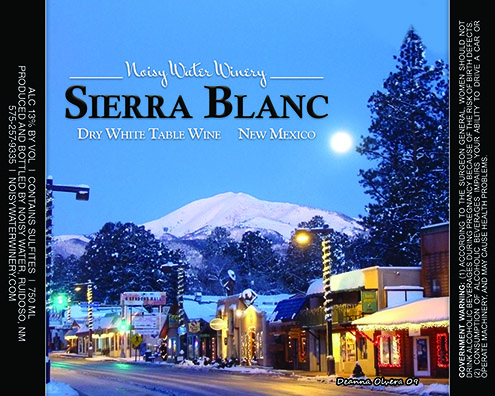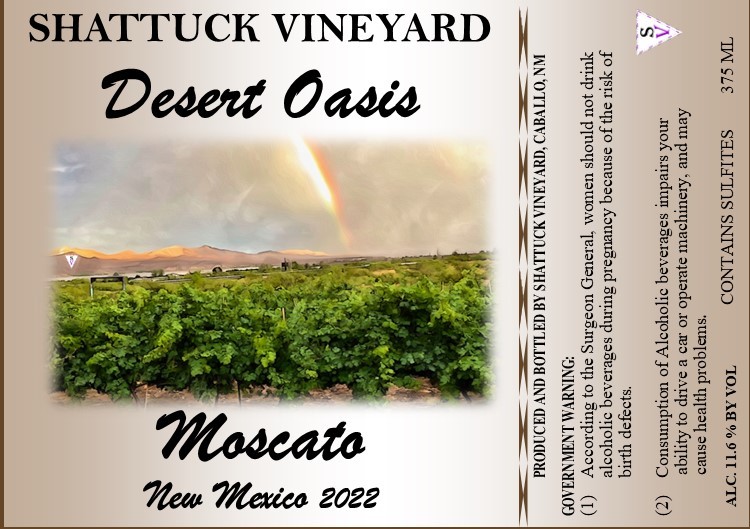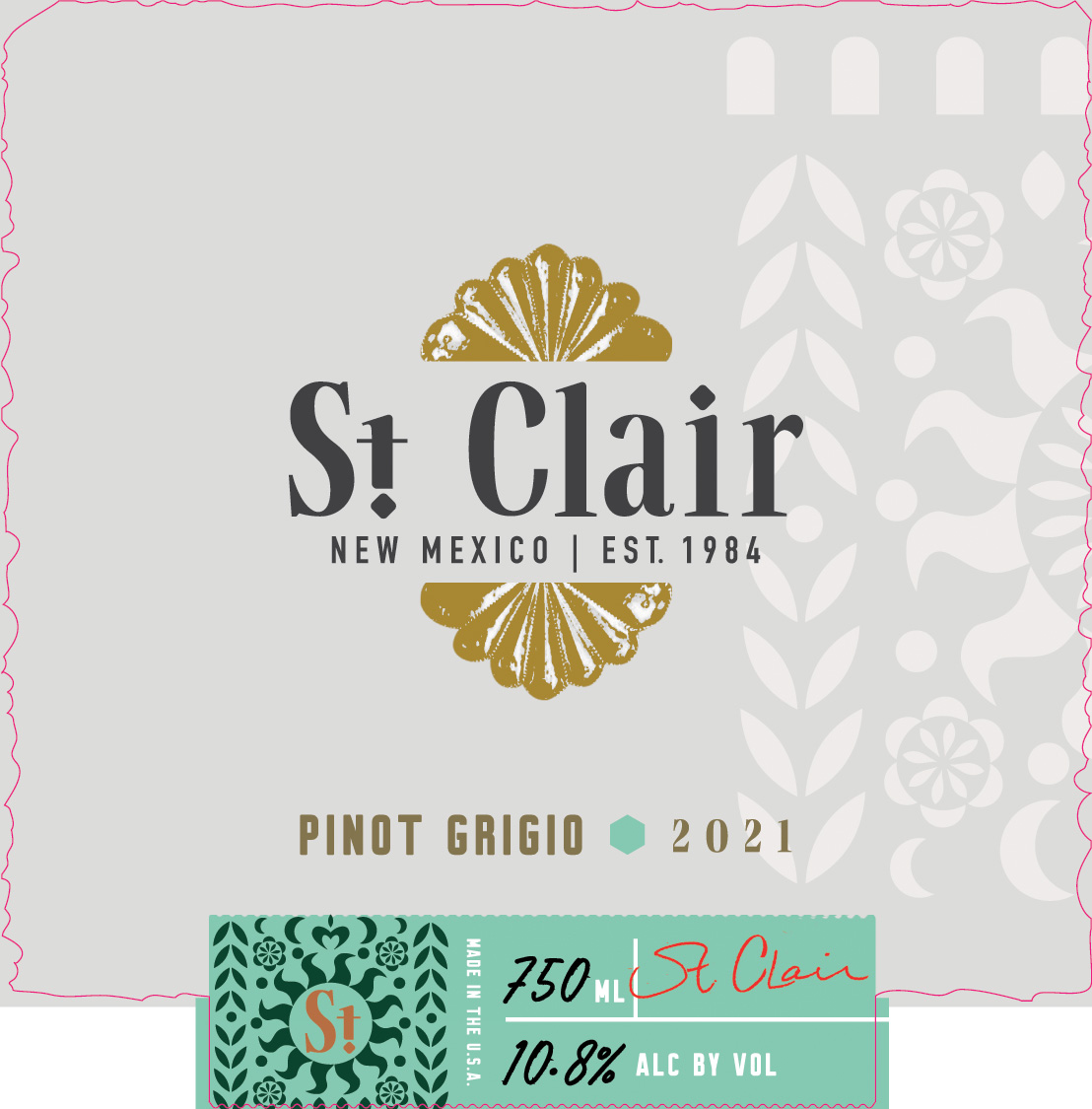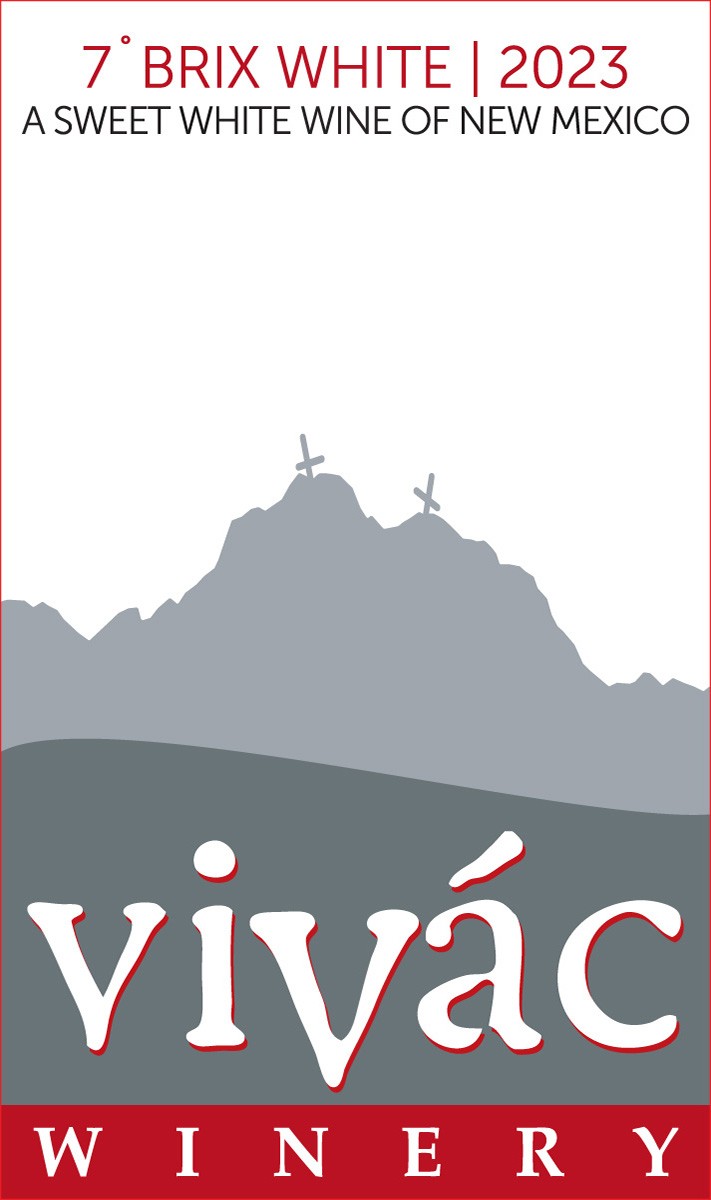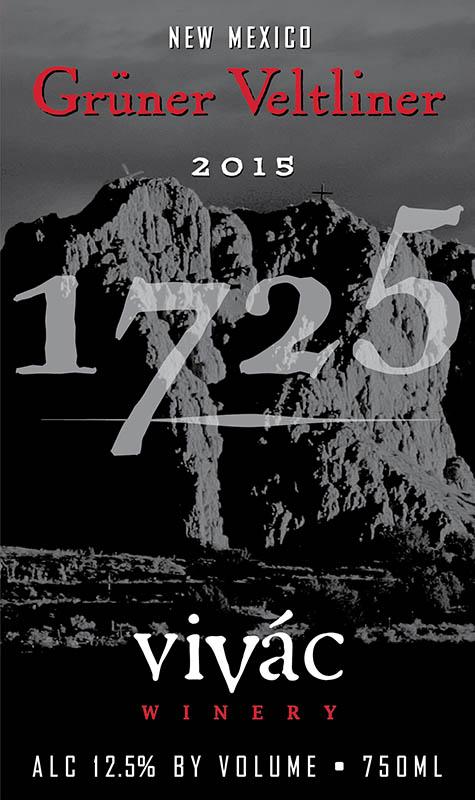Terroir of New Mexico
New Mexico's high-desert land is known for its dry, sunny climate with low humidity, which helps keep diseases away. Vineyards located 4,000 to 6,500 feet above sea level get a lot of sunlight and big temperature changes—warm days help sugars develop, while cool nights keep acidity and aroma, making lively wines.
The growing season is tough, with risks like late frosts, early freezes, and strong winds that can harm vines but also help cut down on pests. The region's soils, mostly sandy loam in river valleys like the Rio Grande, drain well and encourage deep roots. Calcareous and volcanic soils add mineral richness to the wines. With little rain, vineyards use drip irrigation from rivers and aquifers to save water. These special conditions help New Mexico make wines with a unique Southwestern style.
Notable Wineries in New Mexico
New Mexico's wine country offers a unique blend of history and innovation, with several wineries gaining attention for their distinctive wines and practices:
-
Gruet Winery: A pioneering sparkling wine producer with roots in Champagne, France, known for its award-winning bubbly crafted from Chardonnay and Pinot Noir.
-
La Chiripada Winery: New Mexico’s oldest winery, famous for its high-altitude Cabernet Sauvignon and unique hybrid varietals.
-
Luna Rossa Winery: An adventurous estate near Deming, celebrated for its diverse varietals and award-winning Pinot Grigio.
-
Noisy Water Winery: A dynamic family-owned business offering playful creations like Red Chile and Green Chile wines.
-
Vivác Winery: Known for high-quality reds, this boutique winery offers an elevated tasting experience in the scenic Rio Grande Valley.
Sustainable Winemaking in New Mexico
New Mexico’s wine industry is a beacon of sustainability, using innovation and necessity to thrive in its distinct climate.
The state’s dry air and abundant sunshine help reduce the need for chemical sprays, fostering organic and eco-friendly practices. Many family-owned vineyards prioritize biodiversity by using cover crops and composting, enhancing soil health naturally.
Water conservation is crucial in this arid region; drip irrigation systems, often used at night, efficiently deliver water directly to vine roots, conserving precious resources. Advanced technologies like soil moisture sensors further optimize water use.
Educational support from New Mexico State University plays a pivotal role, offering programs that guide sustainable viticulture. The 2022 Vineyard Restoration Fund bolsters these efforts, encouraging the planting of new vines and updating farming techniques.
Through these practices, New Mexico’s winemakers are committed to ensuring their vineyards remain resilient and environmentally conscious.
Wine Tourism in New Mexico
New Mexico's wine tourism offers a captivating journey through diverse landscapes and flavors.
The New Mexico Wine Trail connects over 50 wineries and 65 tasting rooms, from the Taos mountains to the Mexican border. The trail showcases a mix of historic and modern winemaking, with highlights like Vivác Winery's Sangiovese rosé and La Chiripada's estate Cabernet.
Festivals such as the Santa Fe Wine & Chile Fiesta and the Taos Winter Wine Festival blend local culture with wine celebrations. The region's unique climate and geography, characterized by high elevations and sandy loam soils, create distinct wines, including aromatic whites and robust reds like Syrah and Tempranillo.
Sustainability is key, with vineyards employing eco-friendly practices and advanced irrigation techniques. Visitors can enjoy everything from casual tastings to upscale vineyard experiences, all amidst stunning desert scenery and the warm hospitality of New Mexico's winemakers.



